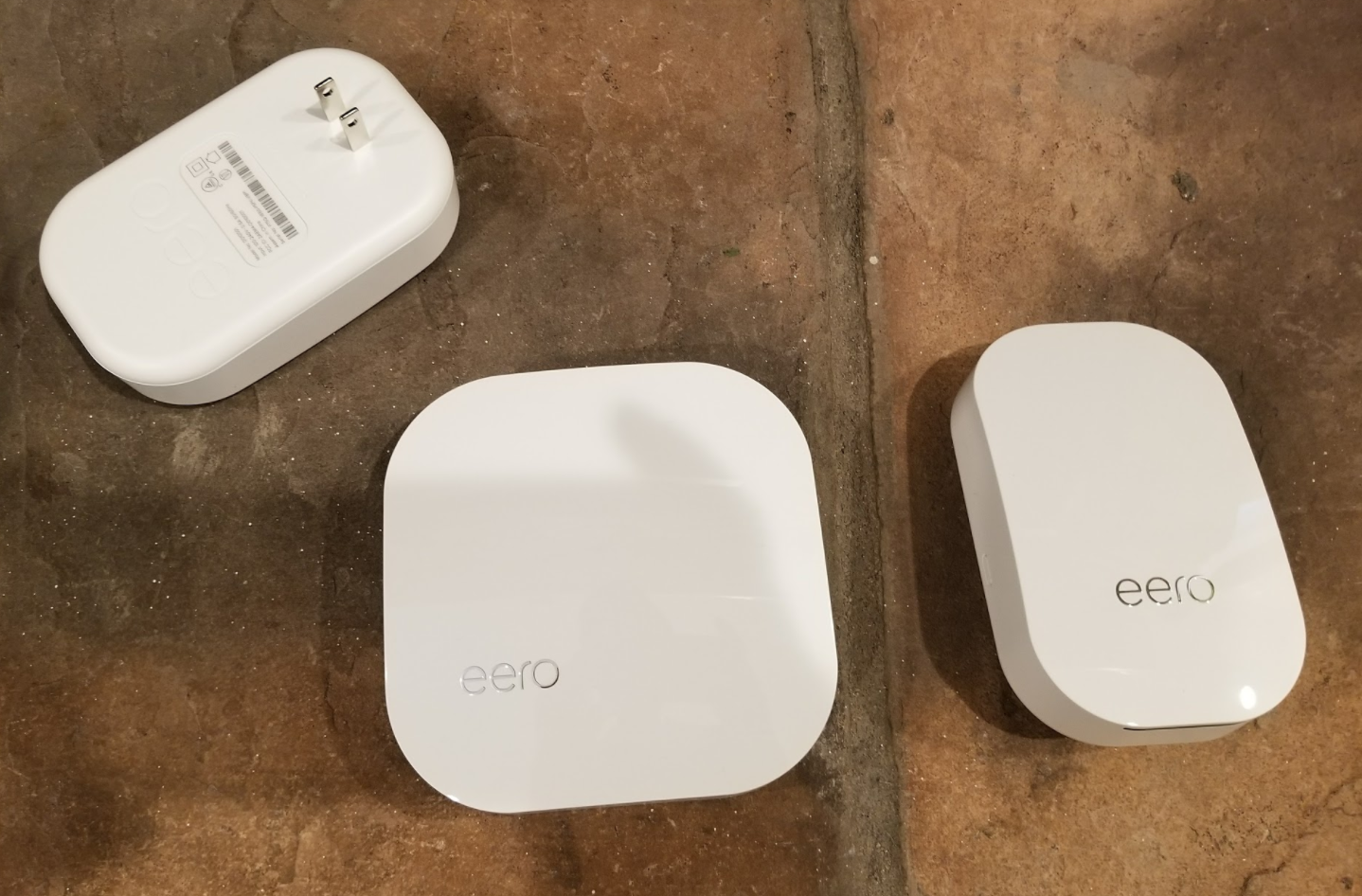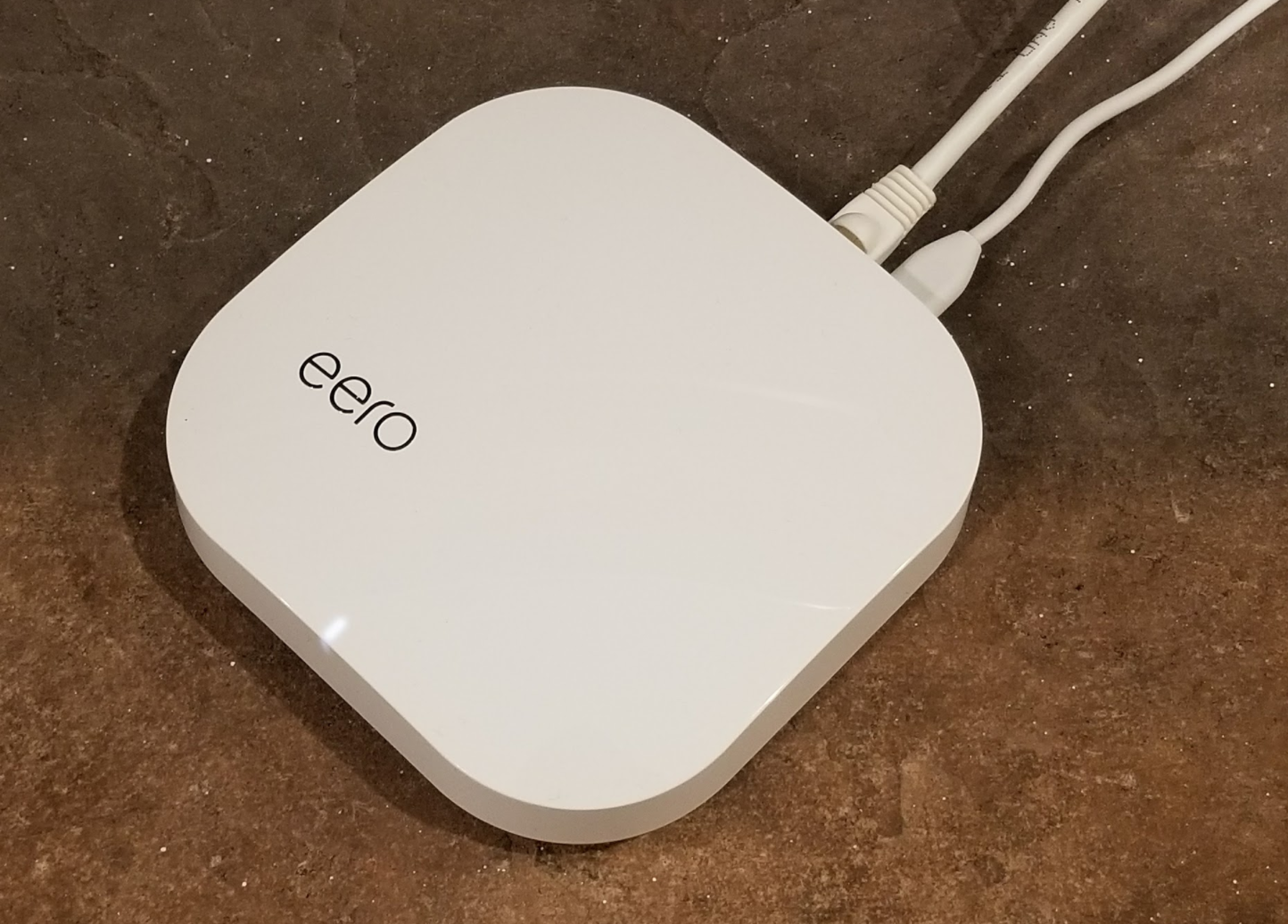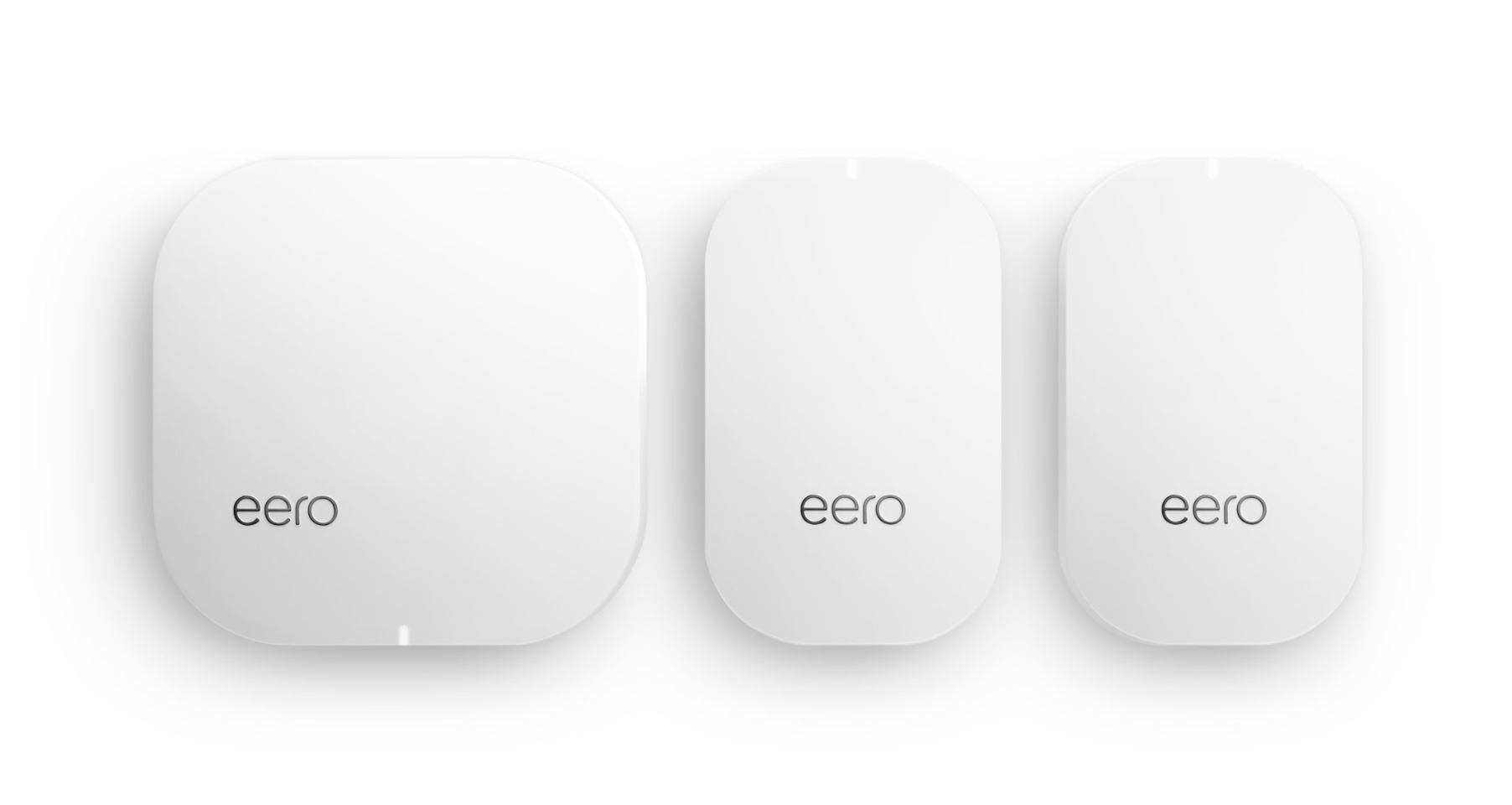Eero 2: An Even Better WiFi Mesh Blanket for Your Home
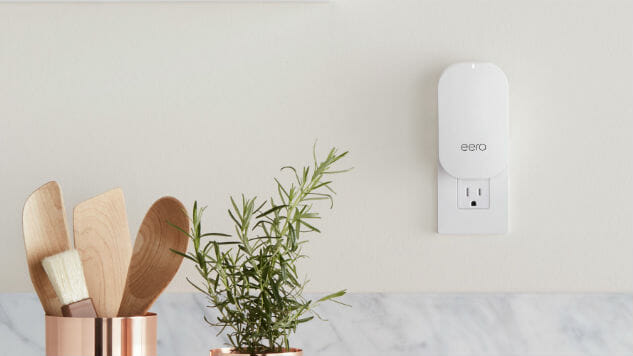
Eero had started the home mesh network revolution when it launched its eponymous mesh router a year ago. Like Nest, which brought smart thermostats mainstream, Eero’s idea— and success in the space—have been replicated by rivals, and the market is now saturated with competing products from traditional router manufacturers, like Linksys, to newer entrants, like Google and Samsung, showing that there is interest in better in-home WiFi connectivity.
Now, Eero is back with a second generation mesh router that promises to be sleeker while delivering better performance thanks to a new mesh networking chipset and a tri-band wireless radio. The idea, however, remains unchanged. Through routers and beacons, Eeros blanket your home with a strong WiFi signal, giving your PCs, tablets, streaming boxes, smart home gadgets, smartphones and other devices access to a strong signal. And unlike many traditional home routers, these mesh networks also come with a smartphone app, giving you greater flexibility and control of your network.
Design
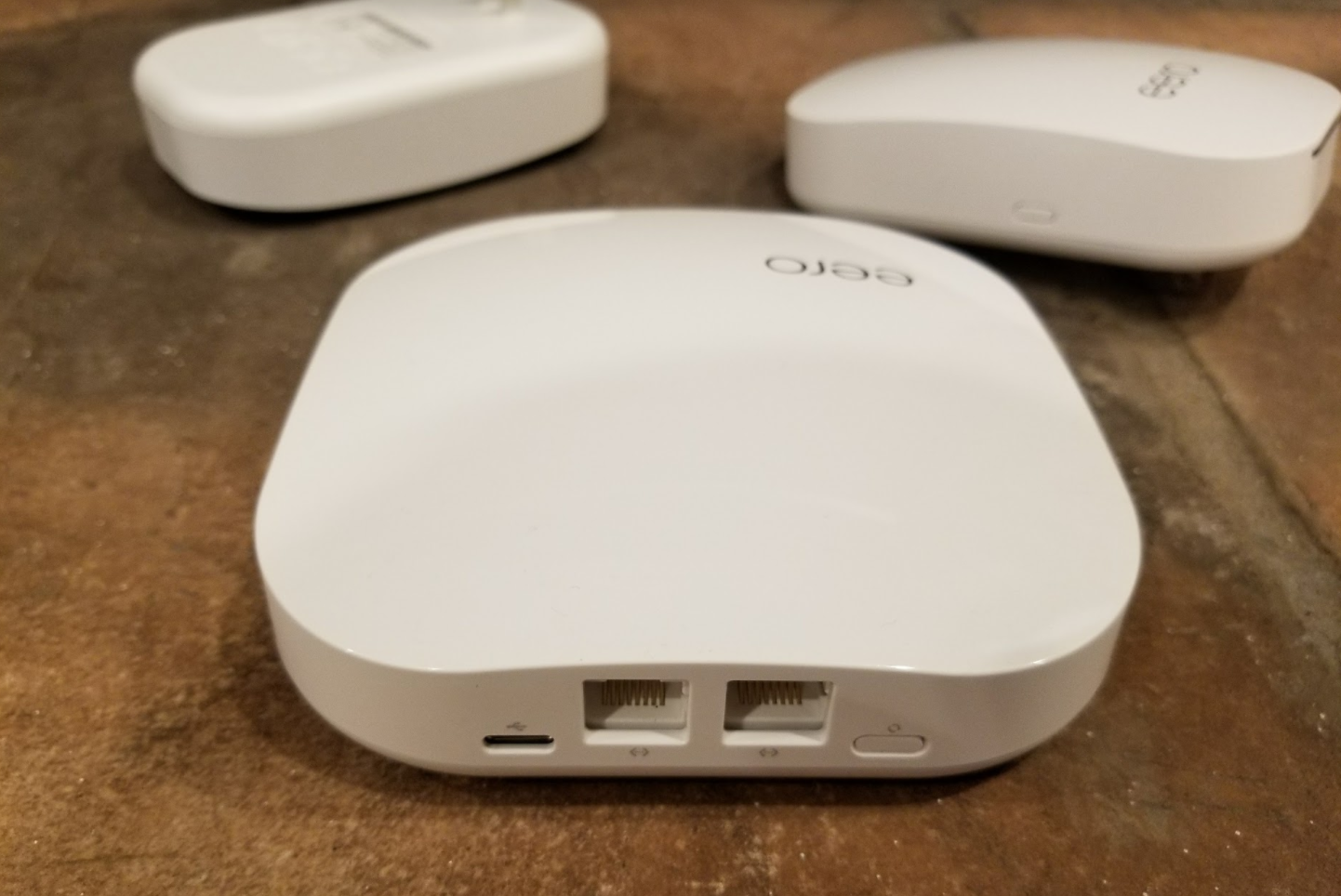
With its branding, Eero decided to go the Apple route and eschew model numbers in favor of a cleaner label. That means the new second generation Eero comes on a box that’s simply labeled Eero. At my local Best Buy, the first generation Eero had been phased out to avoid confusion.
Like its predecessors, Eero 2 looks identical to the model that it succeeds, save for some small differences in the ports. This year’s model comes in the same white squircle-shaped puck design with a glossy white finish. Unlike bulkier routers with spidery tentacle-like antennas, Eero doesn’t need to be hidden away out of sight with its low profile design and minimalist aesthetics. Being shorter in height than many of its mesh competitors, it’s also less obtrusive in your decor.
On the back, you’ll find two Ethernet jacks—one plugs into your modem, and you can use the second one to plug a PC in to have a hardwired connection to the internet—and the unit is powered by a USB Type-C port. Gone this year is the standard USB port that appeared on last year’s model, so you won’t be able to plug in a USB printer or hard drive. There’s also a white LED light to let you know that it’s on. Eero supports MU-MIMO and beamforming on its 802.11ac wireless.
Beacon
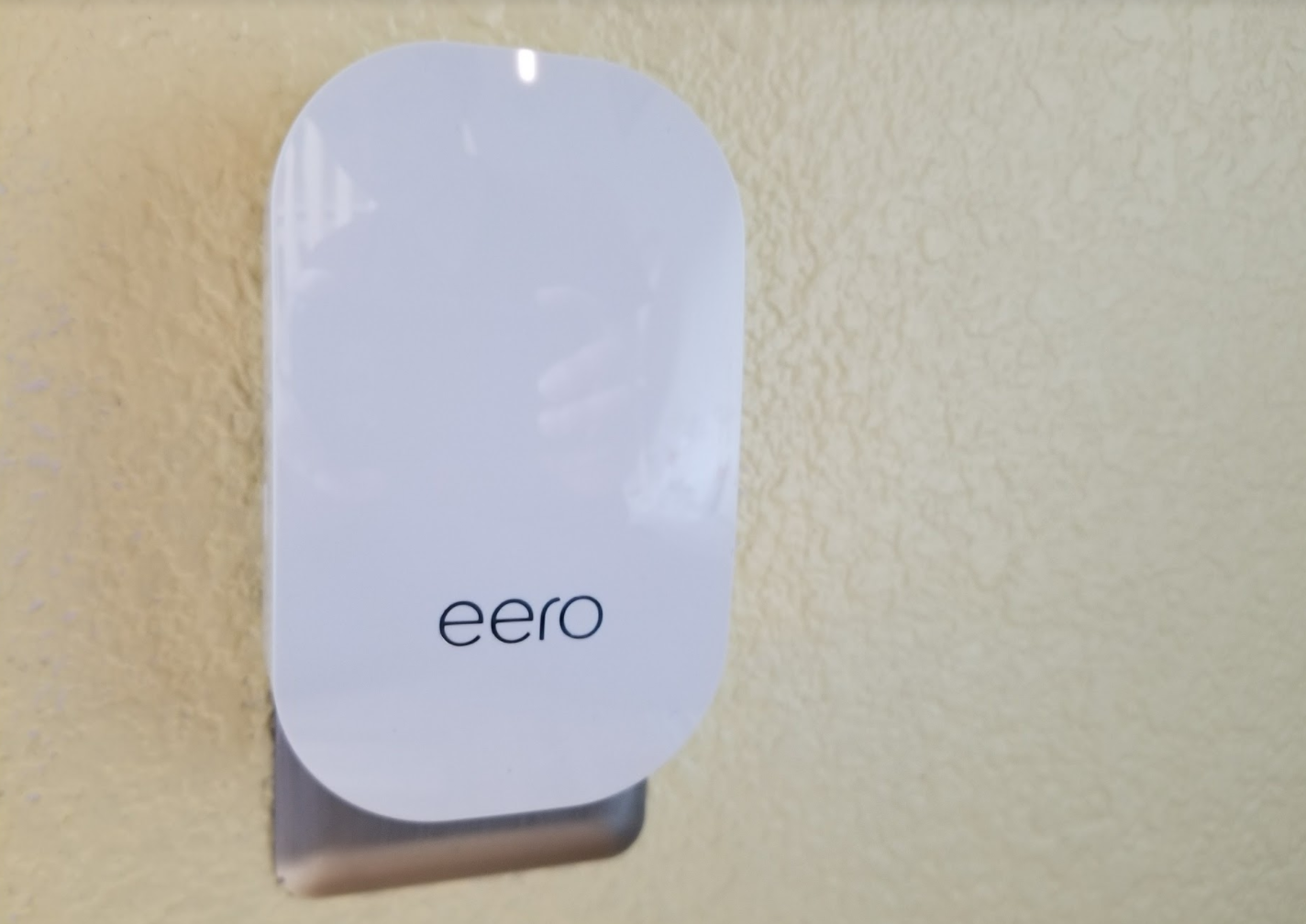
To complement the Eero router and to augment the WiFi signal in your home, Eero also created Beacons. The effect of Beacons in your home is not unlike having a WiFi repeater, but the implementation is different.
Like WiFi repeaters, the Eero Beacon is compact—half the size of the Eero router—and plugs directly into your wall outlet. The Beacon shares a similar puck-like form factor as the Eero router, and you won’t find any ghastly antennas poking out. Performance of the Beacon isn’t quite as strong as the Eero router, but Eero claims that the second generation Beacon is more powerful than the original.
-

-

-

-

-

-

-

-

-

-

-

-

-

-

-

-

-

-

-

-

-

-

-

-

-

-

-

-

-

-

-

-

-

-

-

-

-

-

-

-

